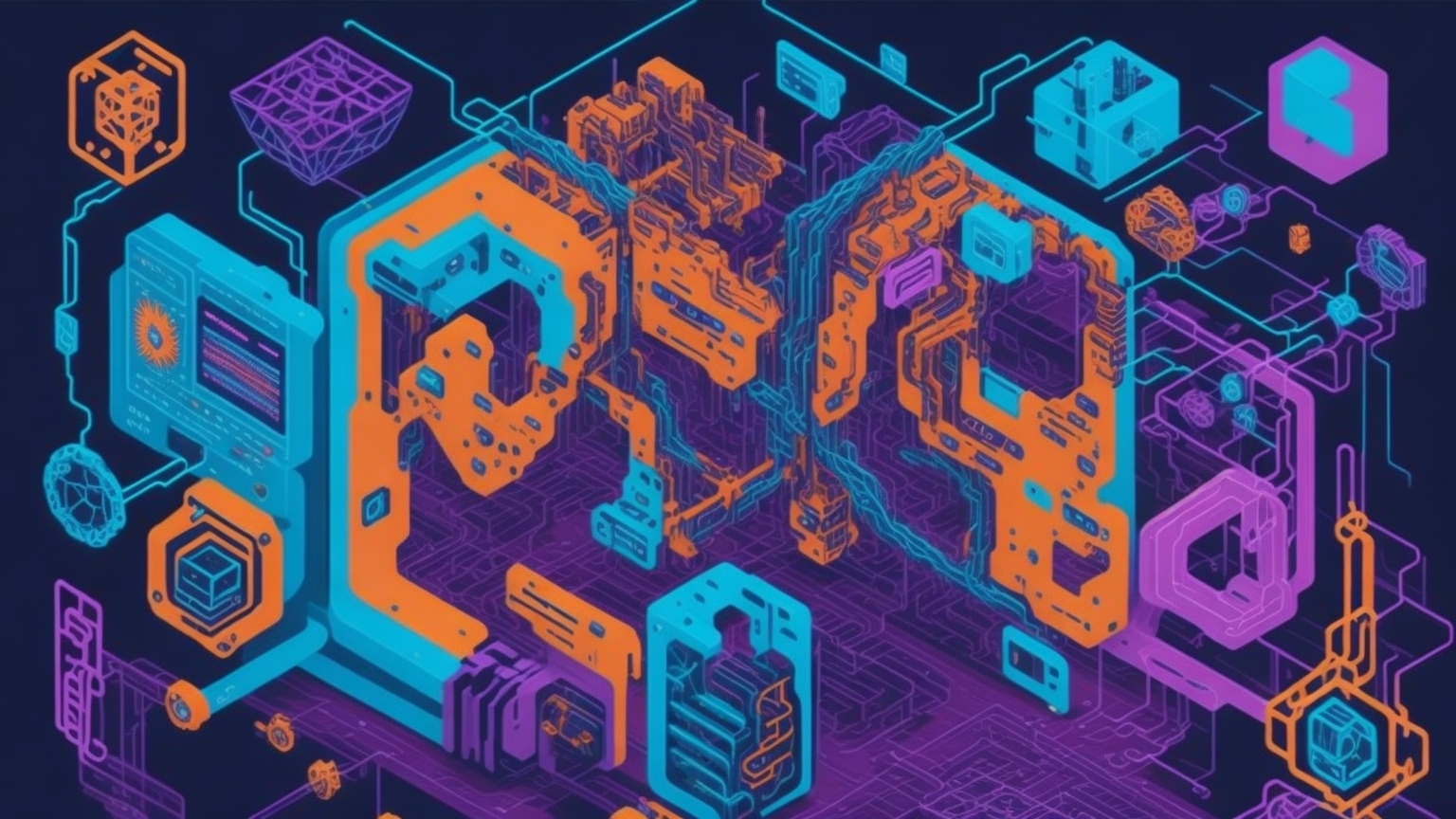Cross-Chain Gaming: An Exploration of Technologies Facilitating Multi-Blockchain Gaming and Their Benefits

In the constantly evolving realm of cryptocurrencies and blockchain innovations, gaming is emerging as a prominent sector. Cross-chain gaming, a relatively new frontier, is at the forefront of this evolution. This article provides a comprehensive exploration of the technologies that facilitate gaming across multiple blockchains, and the plethora of benefits they bring.
Understanding the Concept of Cross-Chain Gaming
Cross-chain gaming refers to gaming experiences that are not confined to a single blockchain but instead operate across multiple blockchain ecosystems. This seamless integration empowers players to interact, transact, and exchange assets across different blockchain networks.
The Technological Pillars
1. Cross-Chain Bridges
Cross-chain bridges are protocols that enable the secure transfer of assets and data between different blockchains. These bridges are fundamental for cross-chain gaming as they allow for the seamless interaction between distinct blockchain ecosystems.
2. Decentralized Smart Contracts
Decentralized smart contracts are self-executing contracts where the terms are directly written into lines of code. In the context of cross-chain gaming, smart contracts help in automating processes and interactions across different networks.
3. Data Feeds and Oracles
Data feeds and oracles are external agents that supply blockchain networks with external data. They are crucial for cross-chain gaming as they help in updating and synchronizing game states across different blockchains.
The Bounty of Benefits
- Expansive Ecosystems: Cross-chain gaming allows players to be part of a much larger, diverse ecosystem, as they can access games and assets on various blockchains.
- Enhanced Security and Decentralization: Decentralization intrinsic to blockchain reduces reliance on central servers, mitigating hacking risks and ensuring data protection.
- Fluidity and Synergy: The ability to effortlessly trade and exchange gaming assets across blockchains contributes to a more fluid and synergistic gaming economy.
- Fostering Innovation: By allowing assets and data to flow between blockchains, cross-chain gaming fosters innovation and encourages developers to build more integrated and imaginative gaming experiences.
Real-World Examples
1. Axie Infinity Shards (AXS)
Axie Infinity Shards (AXS) is a pioneering cross-chain game where players collect, breed, and battle fantasy creatures. It is built on Ethereum but also operates on the Ronin sidechain for more efficient transactions.
2. Lost Relics
Lost Relics is an action-adventure RPG that enables players to trade assets across the Ethereum and Enjin blockchains, fostering a cross-chain gaming experience.
Challenges and Considerations
Cross-chain gaming, while promising, comes with its own set of challenges.
- Integration Complexities: The integration of multiple blockchains can be technically daunting and resource-intensive.
- Data Synchronization: Keeping data synchronized across different blockchains can be intricate.
- Security Concerns: The use of bridges and contracts can sometimes introduce new security vulnerabilities.
Wrapping Up
Cross-chain gaming is unlocking new dimensions in the gaming world, by enabling seamless interactions across multiple blockchain networks. The opportunities it offers for diversification, innovation, and a more integrated gaming experience are immense. However, it’s essential to be cognizant of the challenges and continue to advance the underlying technologies for a more secure and robust multi-blockchain gaming ecosystem.




